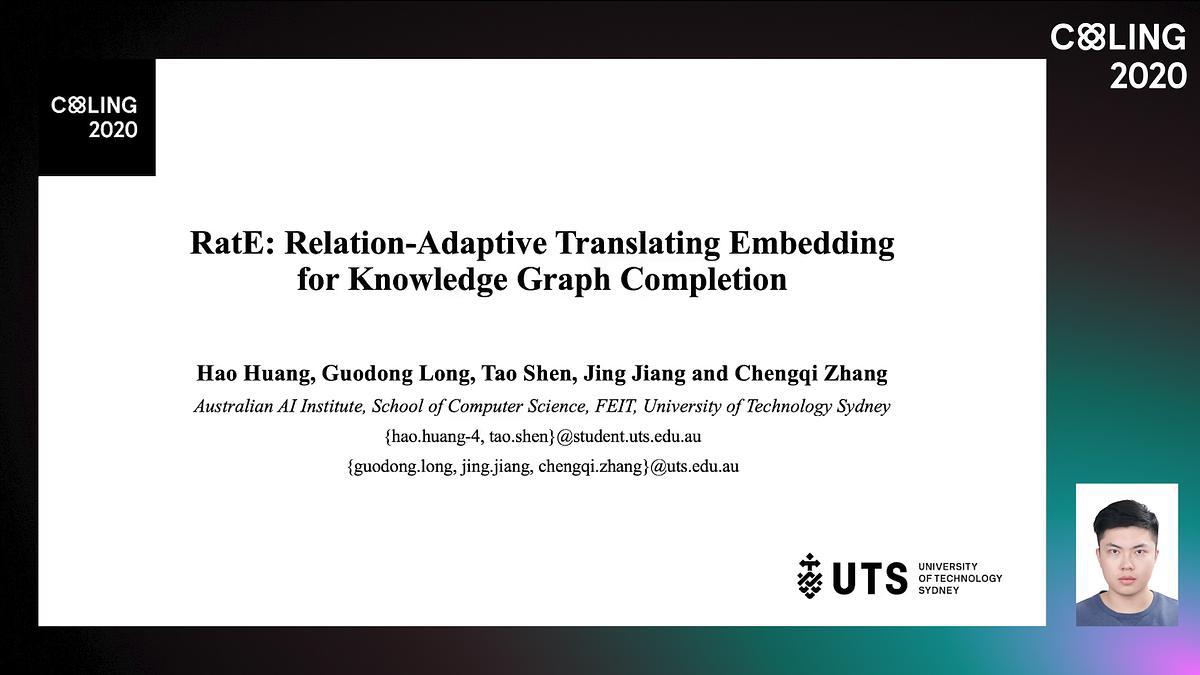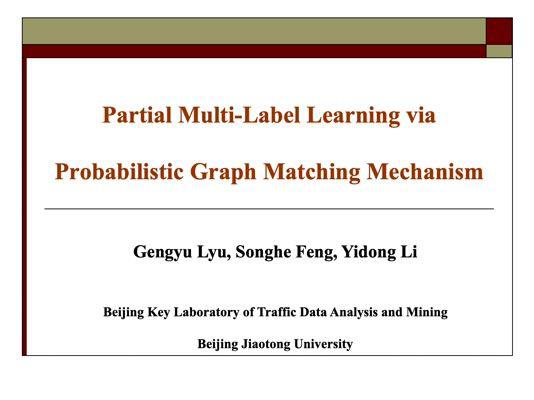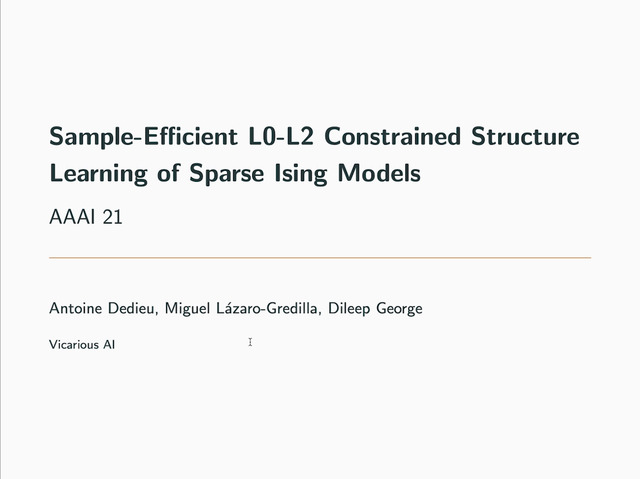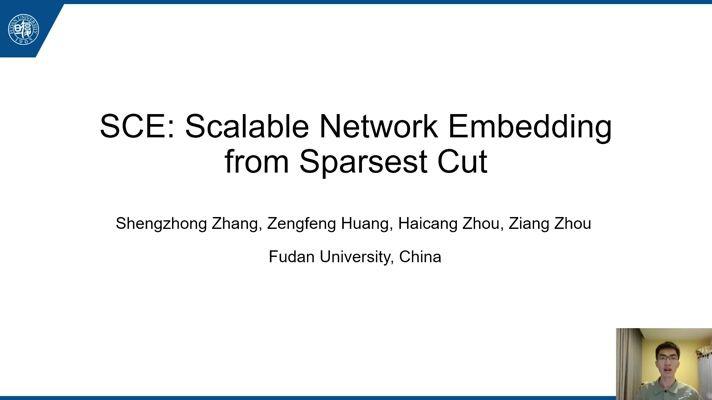Abstract:
In the well known planted clique problem, a clique (or alternatively, an independent set) of size k is planted at random in an Erdos-Renyi random G(n, p) graph, and the goal is to design an algorithm that finds the maximum clique (or independent set) in the resulting graph. We introduce a variation on this problem, where instead of planting the clique at random, the clique is planted by an adversary who attempts to make it difficult to find the maximum clique in the resulting graph. We show that for the standard setting of the parameters of the problem, namely, a clique of size k = √n planted in a random G(n, 1/2) graph, the known polynomial time algorithms can be extended (in a non-trivial way) to work also in the adversarial setting. In contrast, we show that for other natural settings of the parameters, such as planting an independent set of size k = n/2 in a G(n, p) graph with p = n^{-1/2}, there is no polynomial time algorithm that finds an independent set of size k, unless NP has randomized polynomial time algorithms.









































